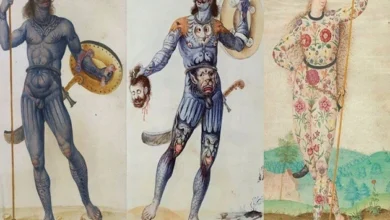Roman inventions: forgotten technologies of Ancient Rome
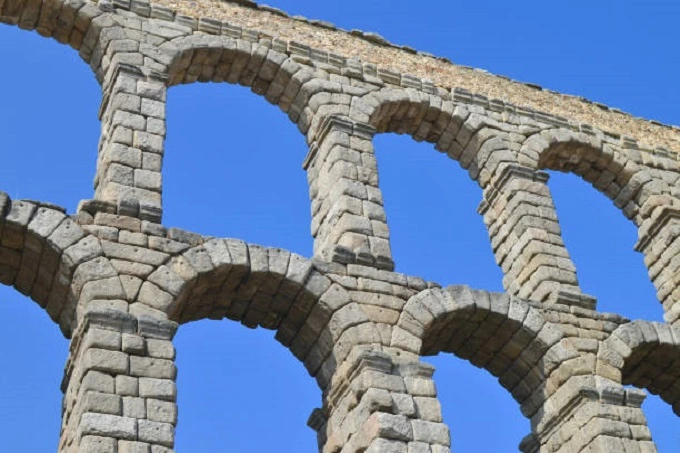
Having improved the successes of the Greeks and the Middle Eastern peoples, the Romans made significant technological advancements, coming relatively near to the birth of machines and the industrial revolution. In the Middle Ages, several of the Roman technologies declined or were totally lost in a substantial portion of the lands of the Roman Empire.
Glass
Humankind understood how to create glass back in the 3rd millennium BC, but the Romans were able to place the production of glass items at an unparalleled high level, perfecting the science of glass blowing properly.
The invention of a specific metal tube for blowing with an extension at the end made it possible to give the created products any desired form. Around the conclusion of the republican era, huge glass manufacturers arose in Rome, and even at the end of the 1st century AD, limited window glass manufacturing started. There was a severe drop in the quality and quantity of glass produced in Europe in the Middle Ages.
Roads and bridges
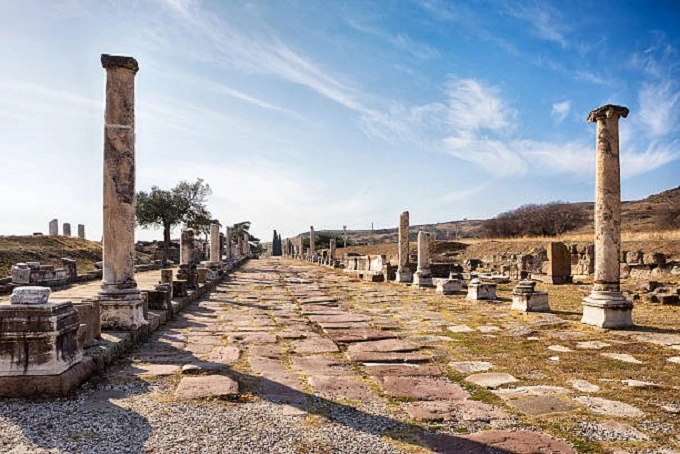
The overall length of Roman roads during the heyday of the empire, according to some estimates, was 300 thousand kilometres. The conventional Roman roadbed consisted of a foundation created of big stone blocks. The spaces between which drainage was carried, a middle layer of gravel or sand to level the surface, and an upper layer of soil, sand, gravel, or lime. Roads around cities were also occasionally paved.
Due to the rather convex shape of the roadways, rainfall drainage was supplied. To overcome water obstacles, paved fords, bridges (including pontoon bridges) were erected, and toll ferries were extensively spread. Because of their longevity, some of the Roman roads and bridges have endured to this day.
Concrete
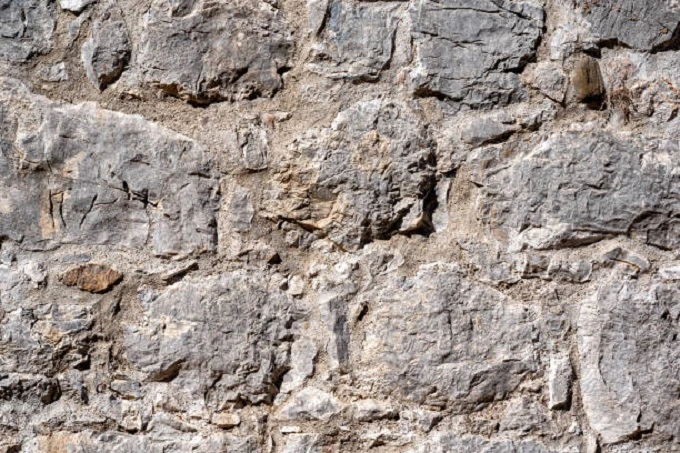
The abundance of raw materials for cement-making in Italy (limestone, pozzolan, and pumice stone) resulted in the extensive use of concrete by the Romans in the construction of a broad range of structures, including building hydraulic systems. The dome of the Pantheon is still believed to be the world’s biggest unreinforced concrete structure, having been built in the first century AD.
Concrete did not become widespread in the eastern part of the country. After the decline of the Western Roman Empire, the use of concrete in Europe declined sharply, only becoming widespread again in the 19th century.
Surgery
In line with Hippocrates’ statement that battle is the finest education for a surgeon, Roman surgeons were able to enhance their abilities while participating in frequent military conflicts continually. By the 2nd century AD, Roman military medicine had developed into a well-organized institution, with an obligatory hospital (valetudinarium) at every large military camp, and it had achieved its peak.
The valetudinariums featured a medical staff that was organized into specializations, with 24 surgeons per legion working. At Pompeii, more than 40 different surgical implements were uncovered throughout the course of the excavations there. The ideas of the Roman physician Galen, who lived in the 2nd century AD, dominated European medicine for 1300 years, and certain ideas (for example, those related to the nervous system) are still important today.
Hygiene and plumbing
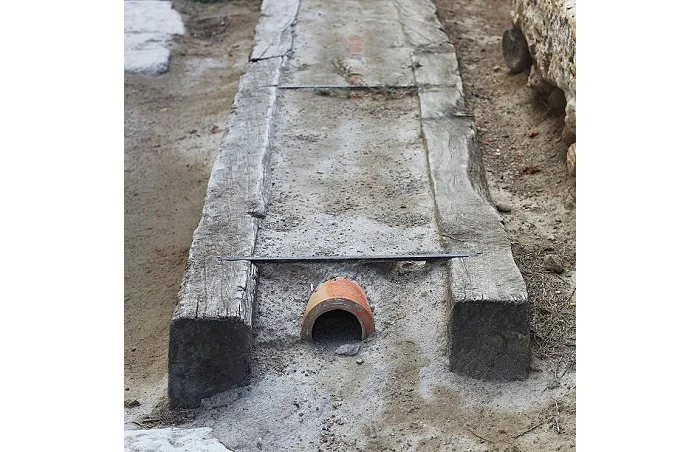
In ancient Rome, hygiene was given a great deal of consideration. As a result, there were over 1000 public baths in Rome during the 4th century. The city of Rome was entangled in a complex sewage system. The major component of the Roman sewer is a large sewer that is 800 meters long and was constructed in the 6th century BC. It is still in use today as a storm drainage system. 11 aqueducts brought water to imperial Rome and had a total length of 350 kilometres. Because they were complex hydraulic constructions, Roman aqueducts remained in use for more than 1000 years after the collapse of the Roman Empire. Until the nineteenth century, the expertise of Roman engineers in this subject had been lost to history throughout the Middle Ages. The construction of aqueducts throughout Europe was on the verge of being abandoned.
Machines
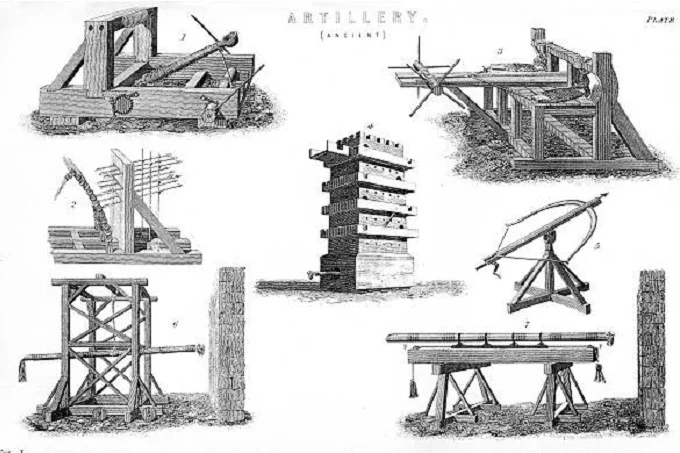
The Romans used many technologically advanced methods that were even advanced by the standards of the Renaissance in a variety of sectors. Among them are cranes with a lifting capacity of up to 7.5 tons, shearing harvesters on wheels, watermills, a mechanical device for cutting stone blocks, and lighthouses with a complex system of concave mirrors, which allowed the light to be seen for tens of kilometres at a distance. The Roman army was the most mechanized force in the ancient world, actively using catapults, ballista, onagers, and other technologically advanced weapons for the period in which they were deployed.
It is claimed that the Romans were on the verge of developing a steam engine since they had almost all of the necessary technologies for producing components and had successfully experimented with the power of steam at the time. Most likely, this was blocked by the dominance of inexpensive slave labour, which made the development and use of machines more difficult and time-consuming.

